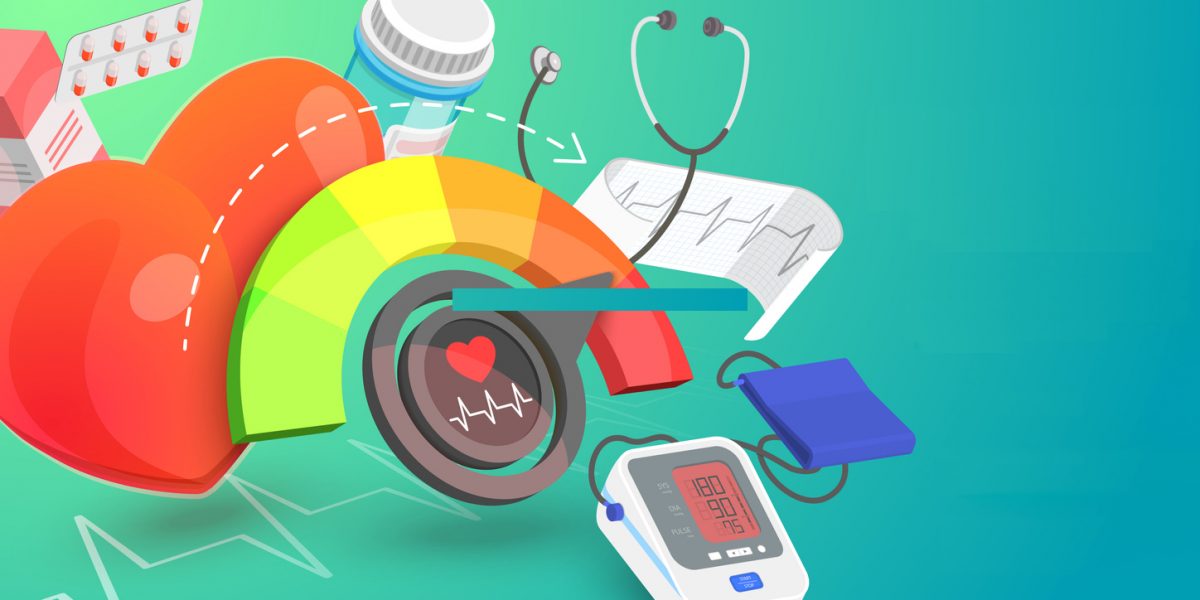Background: Since the introduction of the first atypical antipsychotics in the early 1990s, this class of medication has been increasingly relied upon for the treatment of a variety of patients with psychotic and mood disorders.
Data Sources: The following retrospective review was derived from the MEDLINE database using the search terms metabolic syndrome, insulin resistance, obesity, diabetes, severe mental illness, schizophrenia, bipolar disorder, mood disorders, depression, unipolar depression, and prevalence from 1966 to the present.
Literature Synthesis: Coincident with the growing usage of these agents, there have been a growing number of literature reports of changes in metabolic homeostasis among patients taking these medications. These changes have led to interest in evaluating whether there is a relationship among these mental illnesses, their psychiatric treatments, and certain physical comorbidities known collectively as the metabolic syndrome. This article reviews the existing literature around the metabolic syndrome in patients with severe mental illnesses.
Conclusion: Patients with severe mental illnesses, particularly schizophrenia and chronic mood disorders, demonstrate a higher prevalence of metabolic syndrome or its components compared with the general population. Based upon this increased risk in these patients, baseline and periodic medical evaluations should become a standard component in ongoing clinical assessment.
This PDF is free for all visitors!




